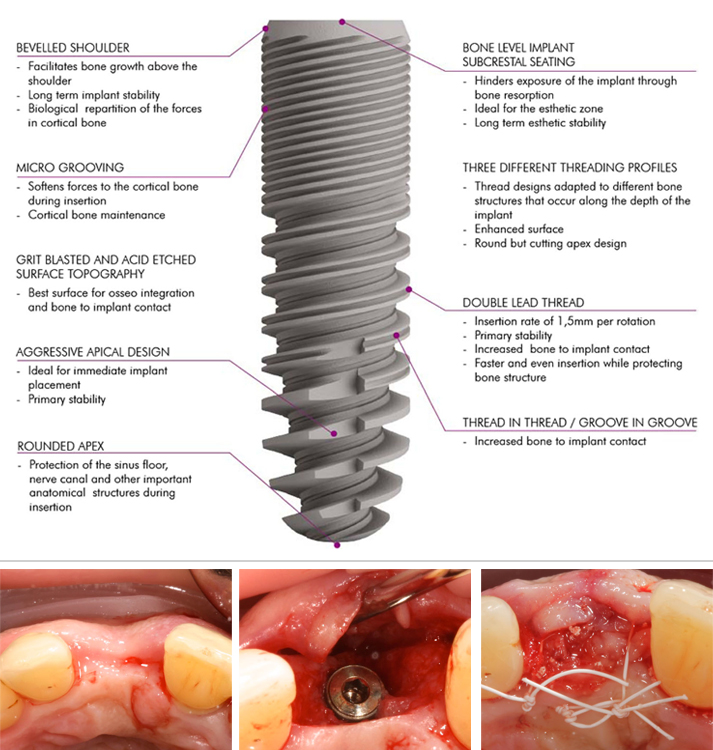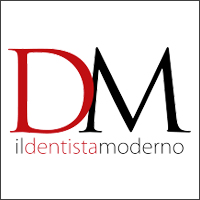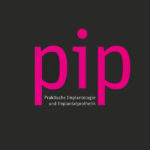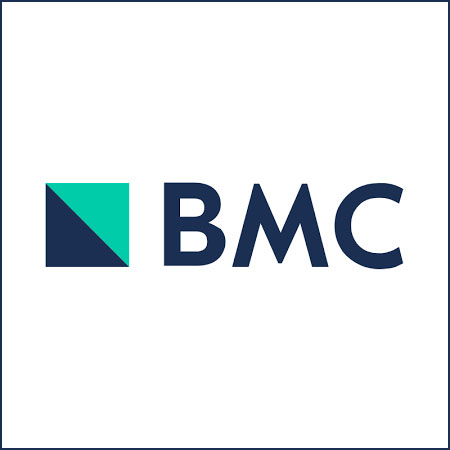International Journal of Implant Dentistry – August 2017 – Etude des conditions tissulaires péri-implantaires et de la stabilité tissulaire péri-implantaire pour des implants posés avec une procédure d’augmentation simultanée: une analyse de suivi rétrospective sur 3 ans d’un système d’implant au niveau osseux (Bone Level) nouvellement développé
International Journal of Implant Dentistry • Août 2017
Etude des conditions tissulaires péri-implantaires et de la stabilité tissulaire péri-implantaire pour des implants posés avec une procédure d’augmentation simultanée: une analyse de suivi rétrospective sur 3 ans d’un système d’implant au niveau osseux (Bone Level) nouvellement développé
Jonas Lorenz Hôpital universitaire Jonas Lorenz de Francfort · Département de chirurgie buccale, maxillo-faciale et plastique, Henriette Lerner HL DENTCLINIC, Robert A. Sader Goethe-Universität Frankfurt am Main · Center of Stomatology and Shahram Ghanaati Goethe University of Frankfurt/Main; Universitätsmedizin der Johannes Gutenberg-Universität Mainz · Département de chirurgie plastique buccale, craniomaxillofaciale et faciale; Institut de pathologie
L’objectif de la présente analyse rétrospective était d’évaluer les conditions tissulaires péri-implantaires et de documenter la stabilité des tissus péri-implantaires pour les implants C-Tech lorsqu’ils sont placés simultanément avec une procédure d’augmentation GBR (Guided Bone Regeneration).
Un total de 47 implants, qui ont été placés simultanément avec une procédure GBR (Guided Bone Regeneration) avec un matériau de remplacement osseux synthétique chez 20 patients, ont été étudiés cliniquement et radiologiquement au moins 3 ans après la mise en charge
L’étude de suivi a révélé un taux de survie de 100% et seulement de faibles taux médians pour les profondeurs de sondage (2,7 mm) et BOP (saignement au sondage) (30%). Le PSE moyen (Pink Esthetic Score) était de 10,1 par rapport à la valeur maximale de 14.
Aucun défaut péri-implantaire osseux n’était évident et la perte osseuse moyenne était de 0,55 mm.
En conclusion, les implants placés en combinaison avec une procédure GBR (Guided Bone Regeneration) peuvent obtenir des résultats satisfaisants sur le plan fonctionnel et esthétique à long terme pour remplacer les dents manquantes en cas d’atrophie de la crête alvéolaire.

Les références
1. Gurgel BC, Montenegro SC, Dantas PM, Pascoal AL, Lima KC, Calderon PD. Frequency of peri-implant diseases and associated factors. Clin Oral Implants Res. 2016; doi: 10.1111/clr.12944
2. Qian J, Wennerberg A, Albrektsson T. Reasons for marginal bone loss around oral implants. Clin Implant Dent Relat Res. 2012;14(6):792–807.
3. Berglundh T, Lindhe J, Ericsson I, Marinello C, Liljenberg B, Thomsen P. The soft tissue barrier at implants and teeth. Clin Oral Implants Res. 1991;2:81–90.
4. Berglundh T, Lindhe J, Jonsson K, Ericsson I. The topography of the vascular systems in the per iodontal and peri-implant tissues in the dog. J Clin Periodontol. 1999;21:189–93.
5. Moon I, Berglundh T, Abrahamsson I, Linder E, Lindhe J. The barrier between the keratinized mucosa and the dental implant. An experimental study in the dog. J Clin Periodontol. 1999;26:658–63.
6. Lindhe J, Berglundh T. The interface between the mucosa and the implant. Periodontol. 1998;17:47–54.
7. Masaki C, Nakamoto T, Mukaibo T, Kondo Y, Hosokawa R. Strategies for alveolar ridge reconstruction and preservation for implant therapy. J Prosthodont Res. 2015;59(4):220–8.
8. Damien CJ, Parsons JR. Bone graft and bone graft substitutes: areview of current technology and applications. J Appl Biomater.1991;2:187–208.
9. Cordaro L, Torsello F, Miuccio MT, di Torresanto VM, Eliopoulos D. Mandibular bone harvesting for alveolar reconstruction and implant placement: subjective and objective cross-sectional evaluation of donor and recipient site up to 4 y
ears. Clinical Oral Impl Res. 2011;22:1320–6.
10. Canullo L, Penarrocha-Oltra D, Soldini C, Mazzocco F, Penarrocha M, Covani U. Microbiological assessment of the implant-abutment interface in different connections: cross-sectional study after 5 years of functional loading. Clin Oral Implants Res. 2015;26(4):426–34.
11. Misch C. Implant design considerations for the posterior regions of the mouth. Implant Dent. 1999;8(4).
12. SteigengaJ,al-ShammariK,NocitiF,MischC,WangH.Dentalimplant design and its relationship to long-term implant success. Implant Dent. 2001;12(4):306–17.
13. Canullo L, Pace F, Coelho P, Sciubba E, Vozza I. The influence of platform switching on the biomechanical aspects of the implant-abutment system. A three dimensional finite element study. Med Oral Patol Oral Cir Bucal. 2011;16(6):852–6.
14. Lerner H, Lorenz J, Sader R, Ghanaati S. Two-year retrospective study of periimplant health and periimplant bone stability after immediate implant placement of a newly developed bone level implant system—a first report.
EDI Journal (European Association of Dental Implantologists, Teamwork Media); 2017; ahead of print.
15. Ghanaati S, Lorenz J, Obreja K, Choukroun J, Landes C, Sader R. Nanocrystalline hydroxyapatite-base d material already contributes to implant stability after 3 months: a clinical and radiologic 3-year follow-up investigation. In: Journal of Or al Implantology. 2014;40(1):103–9.
16. Lorenz J, Kubesch A, Korzinskas T, Barbeck M, Landes C, Sader R, et al. TRAP-positive multinucleated giant cells are foreign body giant cells rather than osteoclasts: results from a split-mouth study in humans. J Oral Implantol. 2015;41(6):e257–66.
17. Barbeck M, Udeabor S, Lorenz J, Schlee M, Grosse Holthaus M, Raetscho N, et al. High-temperature sintering of xenogeneic bone substitutes leads to increased multinucleated giant cell formation: in vivo and preliminary clinical results. J Oral Implantol. 2015;41(5):e212–22.
18. Barbeck M, Udeabor S, Lorenz J, Kubesch A, Choukroun J, Sader R, et al. Induction of multinucleated giant cells in response to small sized bovine bone substitute (Bio-Oss TM) results in an enhanced early implantation bed vascularization. Ann Maxillofac Surg. 2014;4(2):150–7.
19. Lorenz J, Barbeck M, Sader R, Russe P, Choukroun J, Kirkpatrick CJ, et al. Foreign body giant cell related encapsulation of a synthetic material three years after augmentation. J Oral Implantol. 2016;42(3):273–7.





